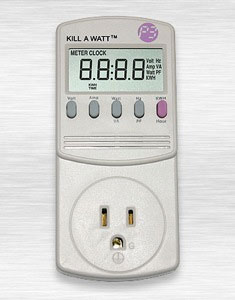friendly1uk
1 MW
Your balancing time this week won't be the same as next week. It will increase as the cells drift further apart. Normal aging.
Many of us have seen no balance time needed sometimes. Or more depending on how deeply discharged they became. It is variable.
What is 100% charged? For me it is when the green light comes on, because balancing happens before peak voltage. My bms don't wait till something goes to high.
Maybe you could add some leds to each balance channel so you can see when it is done.
Your testing here is a bit futile, because you won't repeat the same duty ever again. Though it might be educational to see it at least works.
bs2391 man.
Many of us have seen no balance time needed sometimes. Or more depending on how deeply discharged they became. It is variable.
What is 100% charged? For me it is when the green light comes on, because balancing happens before peak voltage. My bms don't wait till something goes to high.
Maybe you could add some leds to each balance channel so you can see when it is done.
Your testing here is a bit futile, because you won't repeat the same duty ever again. Though it might be educational to see it at least works.
bs2391 man.


